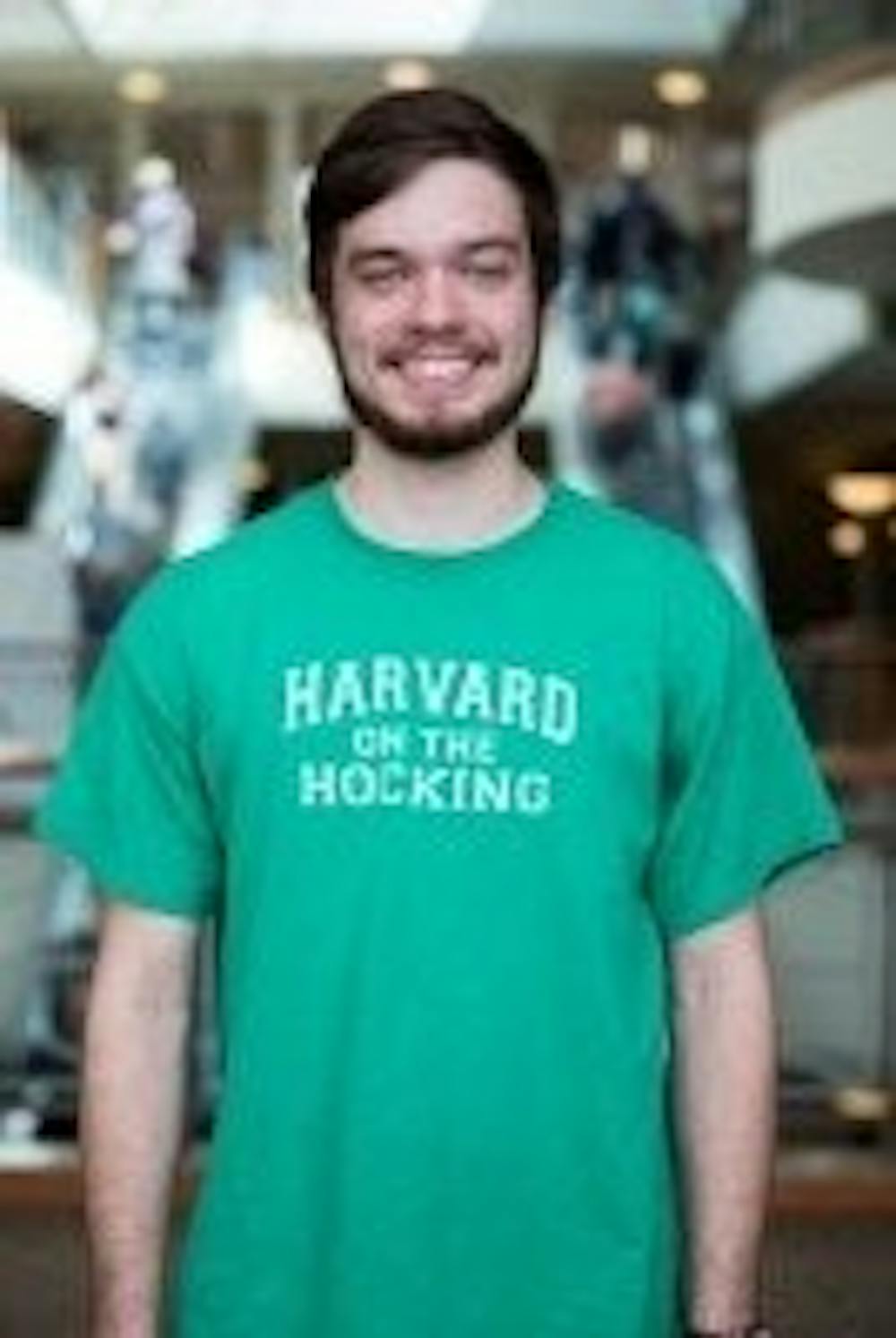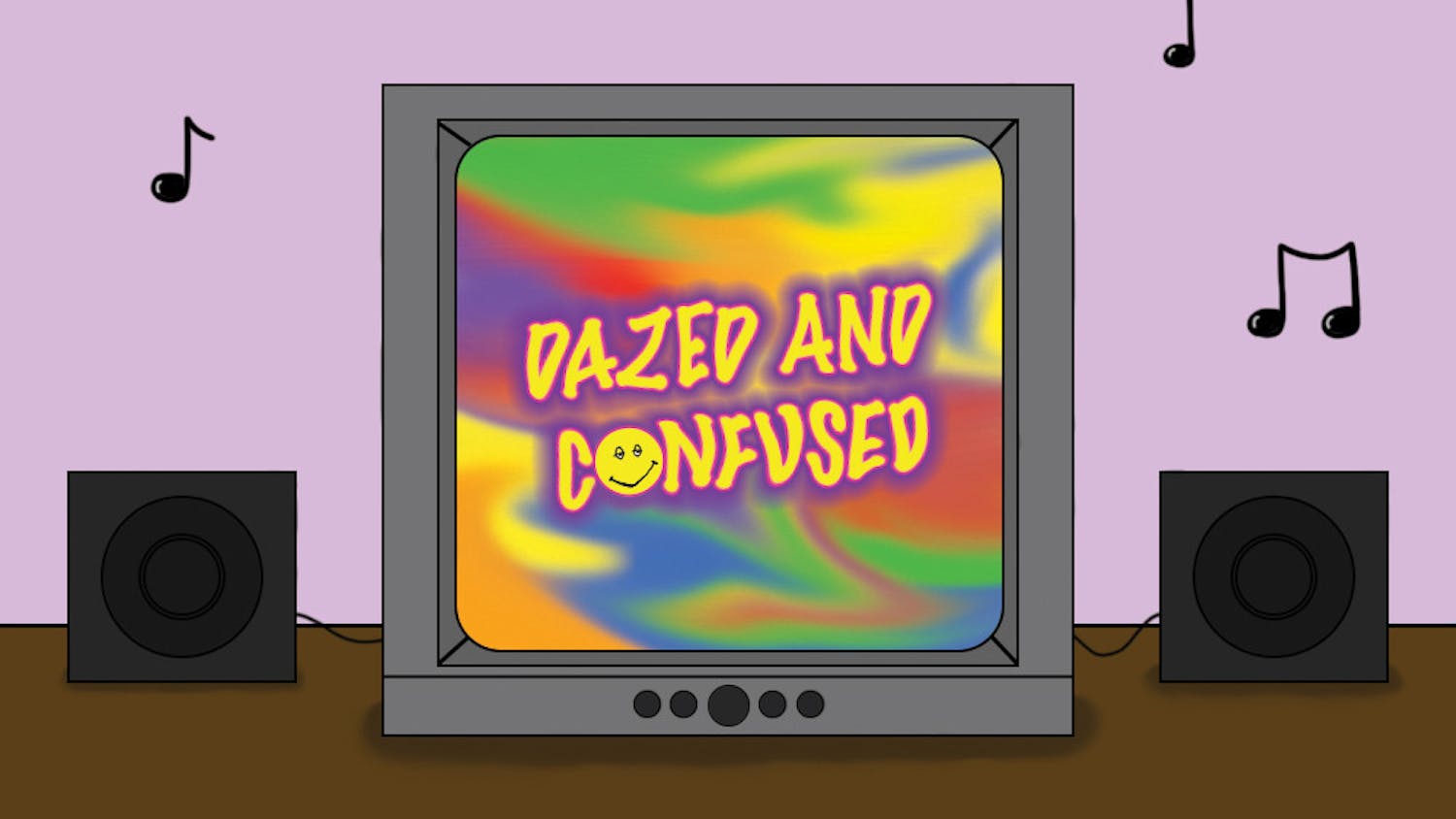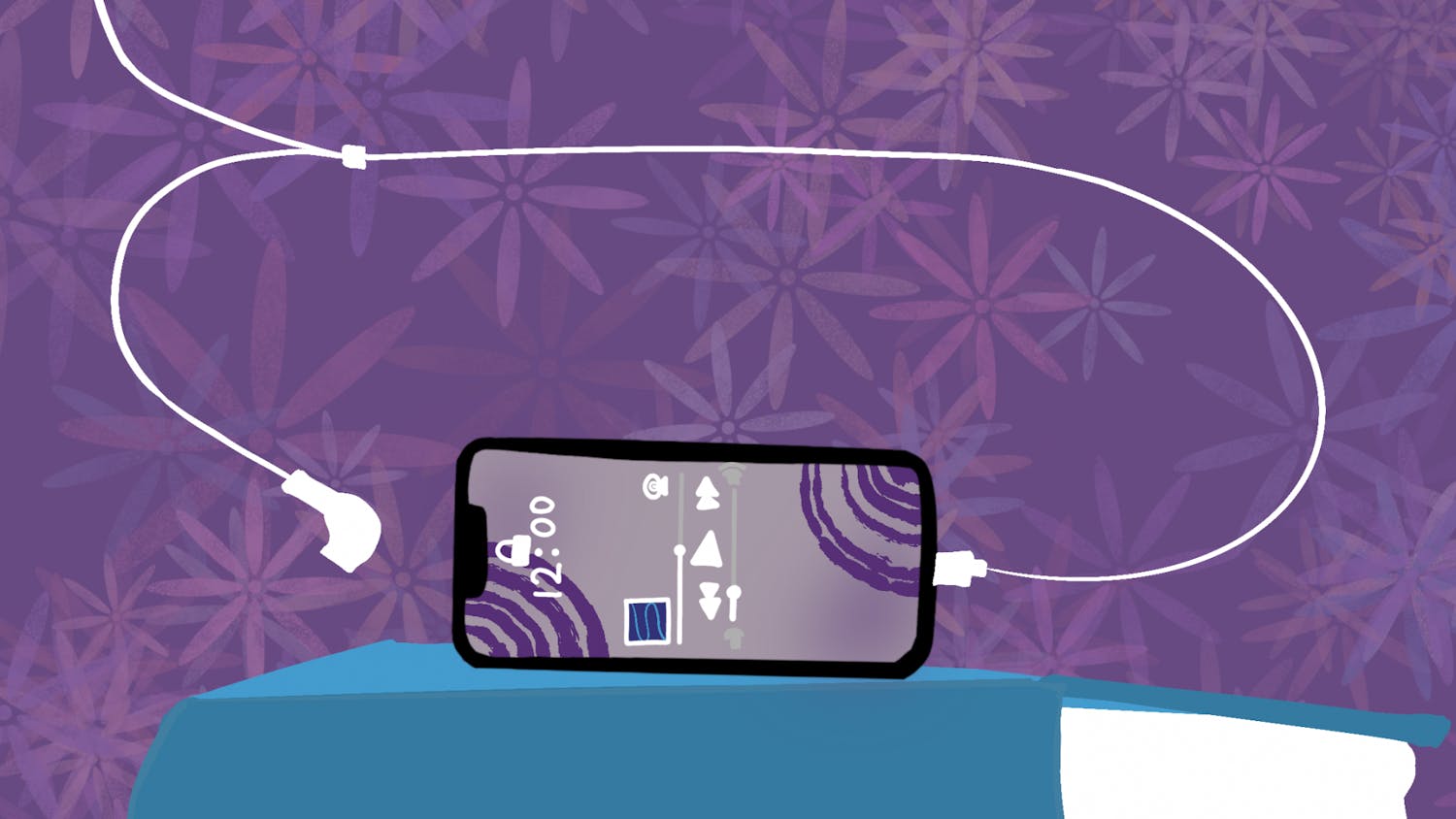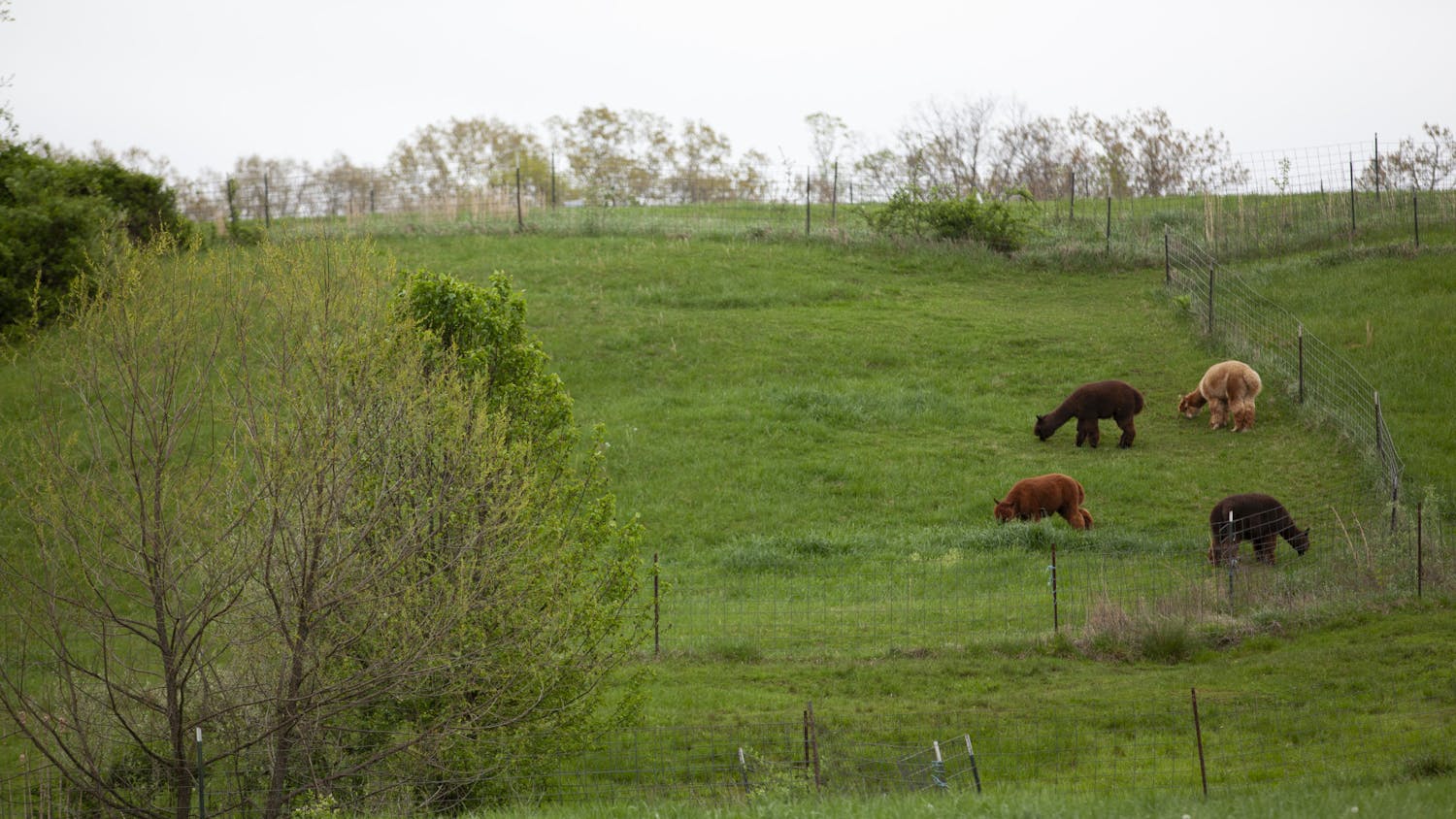Music plays two interlocking roles in horror films. Low-pitched drones and haunting piano keys loom in the dark corners of creaky, old houses before a swell builds, then cuts, then shrieks in a bloodcurdling crescendo. That’s the sonic formula for most modern horror, but it’s not the best or only method to stiffen the arm hairs of viewers.
Although it’s much easier to notice frighteningly discordant violins and deep brass notes, the more hidden elements of horror scores — leitmotifs and muted atmospheric compositions — add more to the film than the deep percussive blasts when the monster or demon or killer charges into frame. The music that the audience might not even pick up on works to infiltrate the amygdala like a creepy, old finger reaching into the ear.
More than any other subgenre in horror cinema, haunted house movies depend on a solid score to guide audiences through the dark portrait-lined halls into the furnace-red basement. Those images allude to the most recent haunted house film Winchester, directed by The Spierig Brothers and starring Helen Mirren as the historically eccentric Sarah Winchester and a laudenum-addicted Jason Clarke.
Peter Spierig, who collaborates with his identical twin brother Michael, had composed the score of 2014’s Predestination and now handles the score for the OST of Winchester. For a director to compose his own film’s score demonstrates an auteur level of control by the Australian, even though his brother co-directed the picture for CBS Films.
In a way, the more reserved compositions in the film — such as “Momentos” and “13 Hooks” — prove more unsettling than the loud swells, which clues the audience in on an upcoming fright. Jump scares are cheap but effective, but never as effective as real dread stirred by the appearance of the grotesque, the legendary or the paradoxical e.g. malevolent spirits or the reanimated.
Seasoned horror directors such as David Lynch and John Carpenter recognize that real horror is created through the attempt to reckon what we do not want to accept like a curse or assured torment. The difference between efficient scares bolstered by lion-like roars and a creeping dread conjured by a haunting score often marks the separation of good horror films and wastes of time.
Movies like Winchester toe the line between atmosphere and using instruments to match the visual horror of its scares. It is not quite as self-aware as horror films that played with jump scare as a convention of the genre such as The Shining, mother! and Mulholland Drive. All three of those movies only contain one real jump scare each, which gives composers the time to focus on fashioning a disturbing mood, something I feel is far more useful in the long run. In full disclosure, I love horror films but I have contempt for the jump scare as a temporary trigger of instinctual fear.
Jump scares asides, a horror film can still achieve maximum creepiness while still squabbling its soundtrack. One of my favorite horror films The Old Dark House — also in the haunted house subgenre — is practically devoid of a score as it was made in 1932 shortly after the onset of sound films. Like 1933’s Dracula, filmmakers didn’t think to use music beyond the title screen.
From that starting point, horror films and their scores would begin to intertwine to a point where viewers now expect musical cues to guide the action. But the premier horror films of the 20th and 21st centuries, like Insidious, have preyed upon this sonic assumption to reveal a red-faced demon without forewarning. True terror comes when you least expect it, during a sparse, minor key pitter-pattering piano melody or even total silence.
Luke Furman is a senior studying journalism at Ohio University. Please note that the views and opinions of the columnists do not reflect those of The Post. What do you think? Let Luke know by tweeting him @LukeFurmanLog or emailing him at lf491413@ohio.edu.






